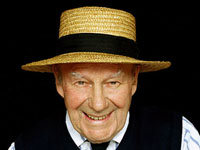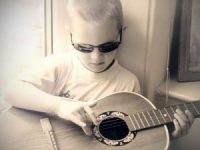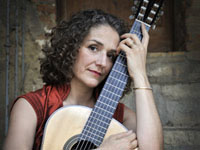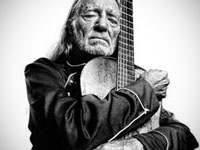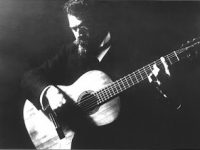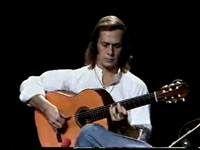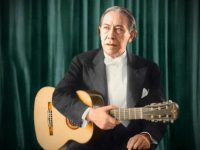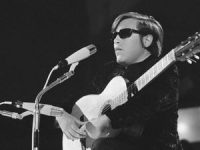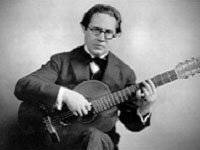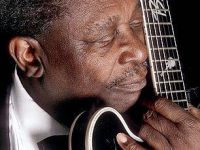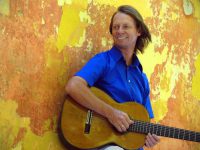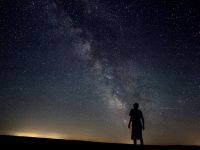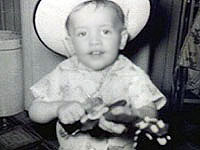In 1935, Segovia premiered his milestone transcription of Bach’s Chaconne and vaulted the classical guitar into the realm of “serious” instruments. In 1955, he recorded it. Thanks to Segovia, we classical guitarists feel like we own a little piece of this monumental masterpiece for solo violin.
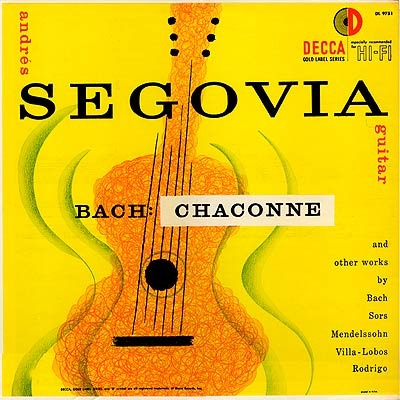
Still, it behooves us to study great violinists playing this piece — and until late last night I thought I could do no better than to study the legendary Jascha Heifetz playing the Chaconne. 20 years ago I found a VHS tape of Heifetz playing it. That tape was my greatest treasure for several years.
Segovia had a story he would tell whenever he talked about the Chaconne. According to Segovia, the famous violinist Enesco gave the following advice to a student: “You must study the Chaconne all your life, but you must not play it in public until you are 50, because it is very, very deep.”
I learned the Chaconne when I was 17, but I took that story to heart and refrained from playing it in public. I found the Heifetz video when I was 40. I watched it countless times, studying every nuance that I could grasp, including, toward the end of the piece, the subtle expressions of emotion that would pass across Heifetz’s famous “great stone face.” To see this giant in his 70th year deliver this music… well, it seemed to me that nothing could be better.
As I said, I’ve always thought Heifetz was the last word on the Chaconne. But then, in the wee hours last night, I was reading about this being the 50th year since the JFK assassination. I read that a week after the assassination, at the first road show of the musical Camelot, the audience broke down in uncontrollable grief when the title song was sung.
Reading further, I found many stories of musical tributes to JFK in 1963. Among them was this story about Isaac Stern:
[Stern] recalled when he was in Dallas the day that his friend, President John F. Kennedy, was assassinated. Sitting in a cafe at the Dallas airport, while waiting for a connecting flight to San Antonio, a devastated Stern and a friend downed a bottle of bourbon. Looking out the window, they could see Air Force One which was carrying Kennedy’s body.
The next night, Stern was scheduled to play the Sibelius Violin Concerto in D Minor with the San Antonio Symphony, but at the morning rehearsal he told the conductor that the piece seemed inappropriate.
The only thing he felt he could play was Bach. That night he told the 4,000 people in attendance that musicians sometimes pray by playing certain kinds of music, and that he prayed by playing the “soul-cleansing” music of Bach. Stern asked the audience not to applaud at the end.
While playing the Bach Chaconne, he wept uncontrollably. After he finished the piece, there was dead silence. He put his violin back in its case, left the auditorium and flew back to New York.

